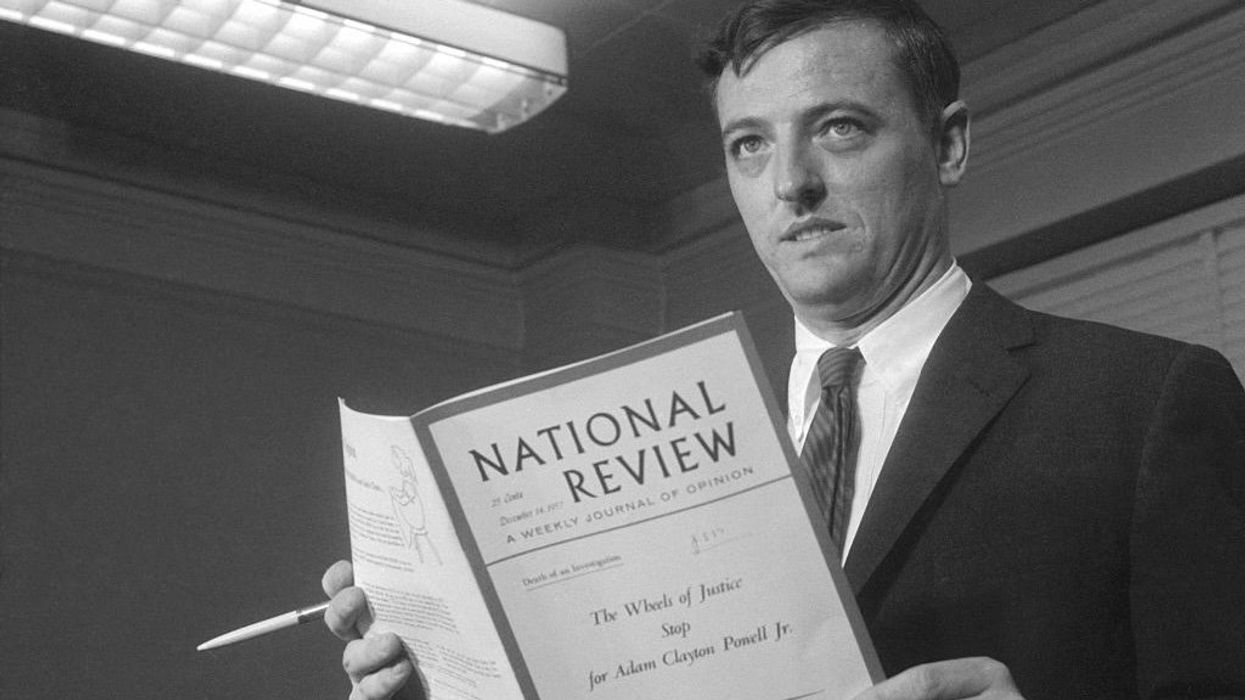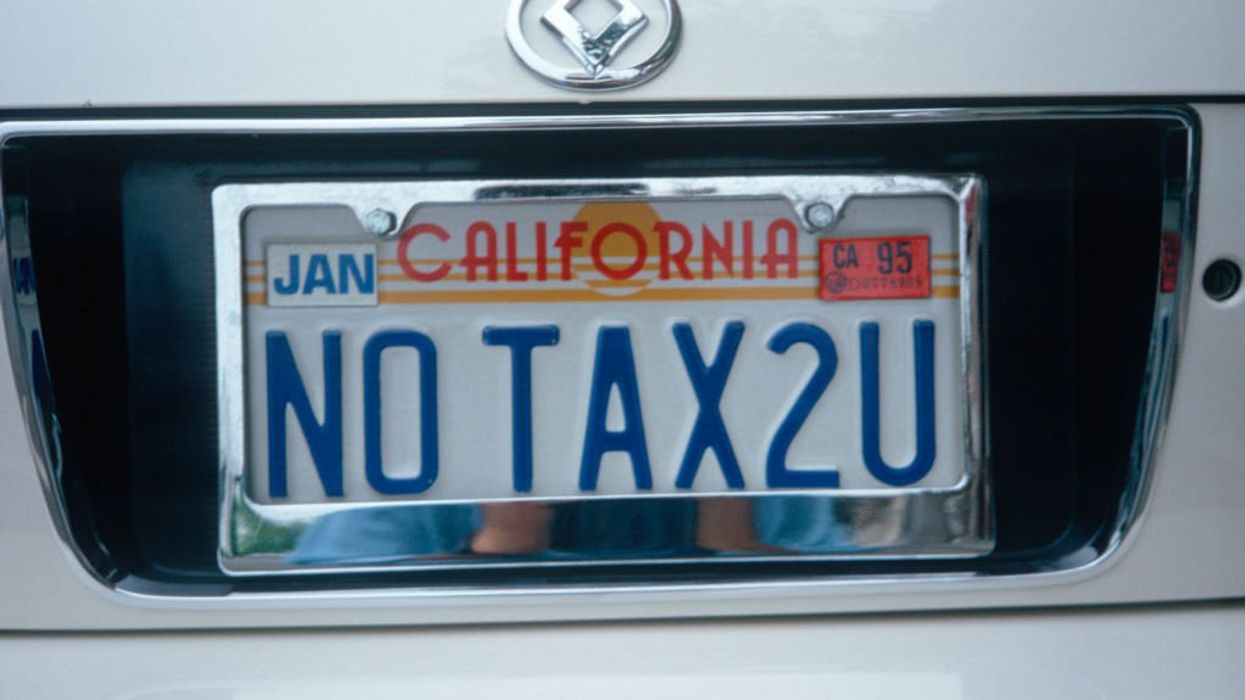
© 2024 Blaze Media LLC. All rights reserved.
As it turns out, the U.S. Postal Service has also been contributing to Big Brother's domestic surveillance program by keeping track of all of your snail mail for law enforcement.
The NYTimes reports on the curious case of Leslie James Pickering, a bookstore owner from Buffalo who was unnerved in discovering the feds were keeping tabs on his mail. Pickering has in the past been associated with Earth Liberation Front, a radical environmental group labeled eco-terrorists by the FBI. But as the Times notes, the USPS mail tracking is similar to the NSA's electronic message tracking -- everyone is under scrutiny:
Mr. Pickering was targeted by a longtime surveillance system called mail covers, but that is only a forerunner of a vastly more expansive effort, the Mail Isolation Control and Tracking program, in which Postal Service computers photograph the exterior of every piece of paper mail that is processed in the United States — about 160 billion pieces last year. It is not known how long the government saves the images.Together, the two programs show that snail mail is subject to the same kind of scrutiny that the National Security Agency has given to telephone calls and e-mail.
The mail covers program, used to monitor Mr. Pickering, is more than a century old but is still considered a powerful tool. At the request of law enforcement officials, postal workers record information from the outside of letters and parcels before they are delivered. (Actually opening the mail requires a warrant.) The information is sent to whatever law enforcement agency asked for it. Tens of thousands of pieces of mail each year undergo this scrutiny.
The Mail Isolation Control and Tracking program was created after the anthrax attacks in late 2001 that killed five people, including two postal workers. Highly secret, it seeped into public view last month when the F.B.I. cited it in its investigation of ricin-laced letters sent to President Obama and Mayor Michael R. Bloomberg. It enables the Postal Service to retroactively track mail correspondence at the request of law enforcement. No one disputes that it is sweeping.“In the past, mail covers were used when you had a reason to suspect someone of a crime,” said Mark D. Rasch, the former director of the Justice Department’s computer crime unit, who worked on several fraud cases using mail covers. “Now it seems to be ‘Let’s record everyone’s mail so in the future we might go back and see who you were communicating with.’ Essentially you’ve added mail covers on millions of Americans.”
Want to leave a tip?
We answer to you. Help keep our content free of advertisers and big tech censorship by leaving a tip today.
Want to join the conversation?
Already a subscriber?
more stories
Sign up for the Blaze newsletter
By signing up, you agree to our Privacy Policy and Terms of Use, and agree to receive content that may sometimes include advertisements. You may opt out at any time.
© 2024 Blaze Media LLC. All rights reserved.
Get the stories that matter most delivered directly to your inbox.
By signing up, you agree to our Privacy Policy and Terms of Use, and agree to receive content that may sometimes include advertisements. You may opt out at any time.



